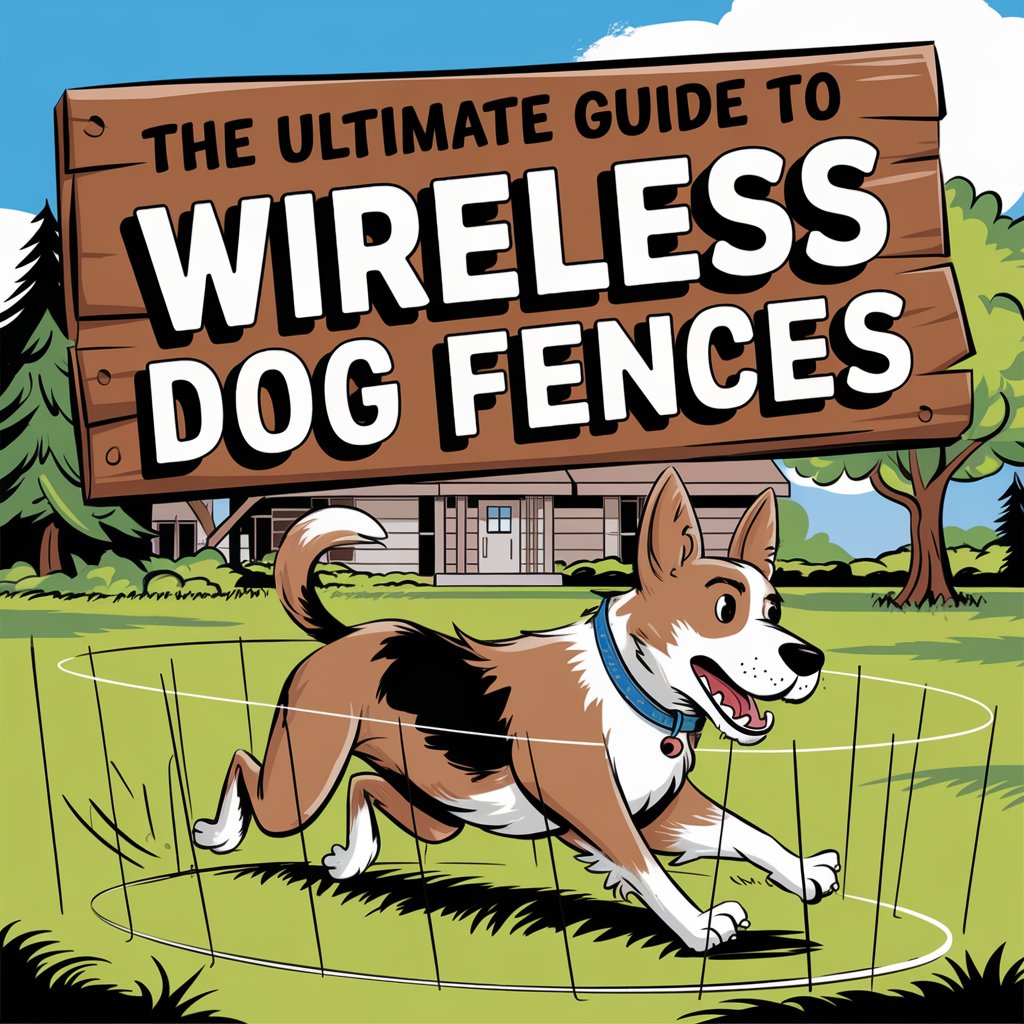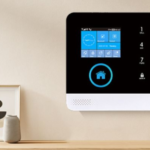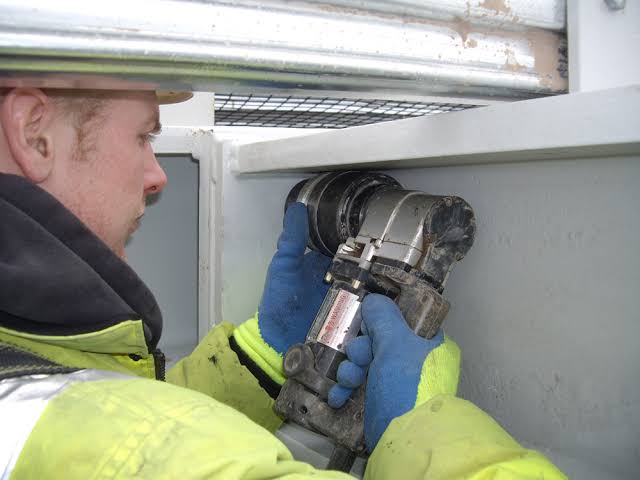As an innovative pet management tool, wireless dog fences allow users to define a safe and comfortable environment for dogs to play freely according to their needs. Use Mimofpet’s 2-in-1 wireless dog fence training collar to create a wall and manage dog behavior norms in combination with training mode.
How the Fence Works
The wireless dog fence works using radio signals. It consists of two main components: a transmitter and a receiver.
Transmitter: Installed in a fixed location at home or in the yard, it is responsible for transmitting wireless signals and defining the area where the dog can move (virtual fence).
Receiver: Worn in a collar around the dog’s neck, it receives the signal sent by the transmitter.
When the dog approaches the set boundary, the receiver will first warn through sound or vibration. If the dog continues to cross the boundary, the receiver will issue a slight electric shock (electrical stimulation) as a further warning to prompt the dog to return to a safe area.
The wireless dog fence defines a virtual boundary through the transmitter, and the receiver reminds the dog not to cross the boundary through sound, vibration, or electric shock, thereby ensuring its safety.
Specific advantages
1. Easy installation and flexibility
The biggest advantage of wireless dog fences is that they are easy to install. There is no need for complicated wiring or trenching. You only need to set up the transmitter and adjust the boundary range. This design not only saves time and labor costs but also allows users to adjust the size and shape of the fence at any time according to their needs to adapt to different courtyard layouts or outdoor environments. In addition, wireless dog fences are easy to carry and suitable for pet owners who move or travel frequently. They can be quickly deployed and put into use.
2. Safety and comfort
Wireless dog fences define the activity range for pets by transmitting radio signals. When the pet approaches the boundary, it will receive a warning signal. If it continues to approach, it will trigger a slight electric shock stimulation to prevent it from crossing the boundary. This method can effectively prevent pets from getting lost and avoid physical damage that traditional fences may cause (such as scratches by wire). At the same time, wireless dog fences will not destroy the beauty of the courtyard, and pets can also move freely within the set range, taking into account safety and comfort.
3. Intelligence and scalability
Modern wireless dog fences are usually equipped with intelligent functions, such as remote control, multi-gear adjustment, real-time alarm, etc. Users can easily manage the fence system through mobile phones or remote controls. Some high-end models also support multiple pets at the same time and can adjust the signal strength according to the pet’s size and personality, ensuring that it is effective and humane for different pets. In addition, wireless dog fences are highly scalable, and users can expand the coverage as needed or link with other smart home devices to further enhance the user experience.
Choose the right dog fence for your pet
Choose the right model according to the characteristics of your pet
When choosing a wireless dog fence, the first thing to consider is the size, personality, and range of your pet. Small dogs and large dogs have different needs for signal strength. Some fences support multi-level adjustment. For example, the Mimofpet electronic fence can adjust the signal range according to the size of the pet. For pets with lively personalities or easy excitability, it is recommended to choose a fence with a progressive warning function, which first issues a sound or vibration warning and then applies a mild electric shock according to the situation to reduce the pet’s anxiety. In addition, if there are multiple pets, you need to choose a model that supports multiple pets at the same time.
Evaluate coverage and signal stability
The coverage of a wireless dog fence is one of the key factors in the selection. The coverage of different models of fences ranges from tens of square meters to thousands of square meters. You need to choose a suitable range according to the size of the yard or the usage scenario. At the same time, signal stability is also crucial, especially in complex terrain or environments with multi-story buildings. It is necessary to ensure that the signal can be stably covered to avoid blind spots or signal interference. Some high-end models support signal strength adjustment and terrain adaptation functions, which can better meet the needs of different environments.
Focus on functions and safety
Modern wireless dog fences are usually equipped with a variety of intelligent functions, such as remote control, real-time alarm, and waterproof design. Users can choose models with richer functions according to their needs to improve the convenience of use. Safety is also a factor that cannot be ignored. It is necessary to ensure that the electric shock stimulation of the fence is within a safe range to avoid harm to pets. In addition, choosing well-known brands and certified products can better guarantee quality and after-sales service.
Scientific and reasonable dog training
First, let the dog get familiar with the fenced environment, and establish positive associations through guided exploration and rewards; then turn on the sound or vibration warning function to guide the dog to identify the boundary, give a warning when it approaches the boundary, and guide it back to the safe area, and at the same time use rewards to reinforce correct behavior; finally, gradually introduce mild electric shock stimulation (if necessary), ensure that the stimulation intensity is moderate to avoid excessive fright, maintain patience and consistency during training, and combine positive motivation to help the dog develop a good sense of boundaries while moving freely within a safe range.






